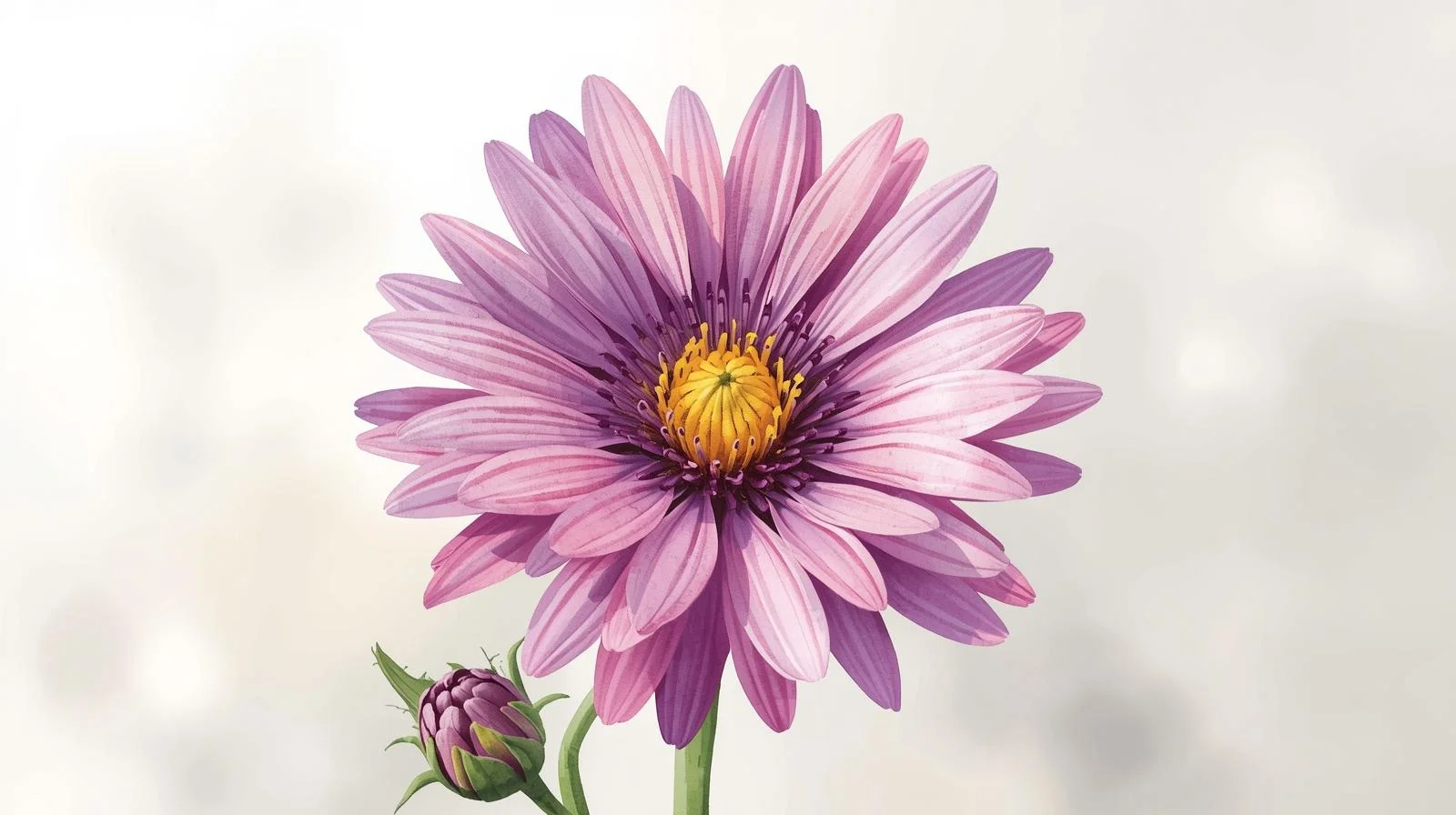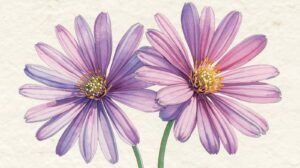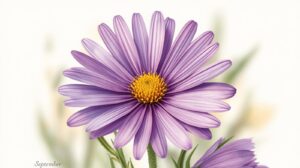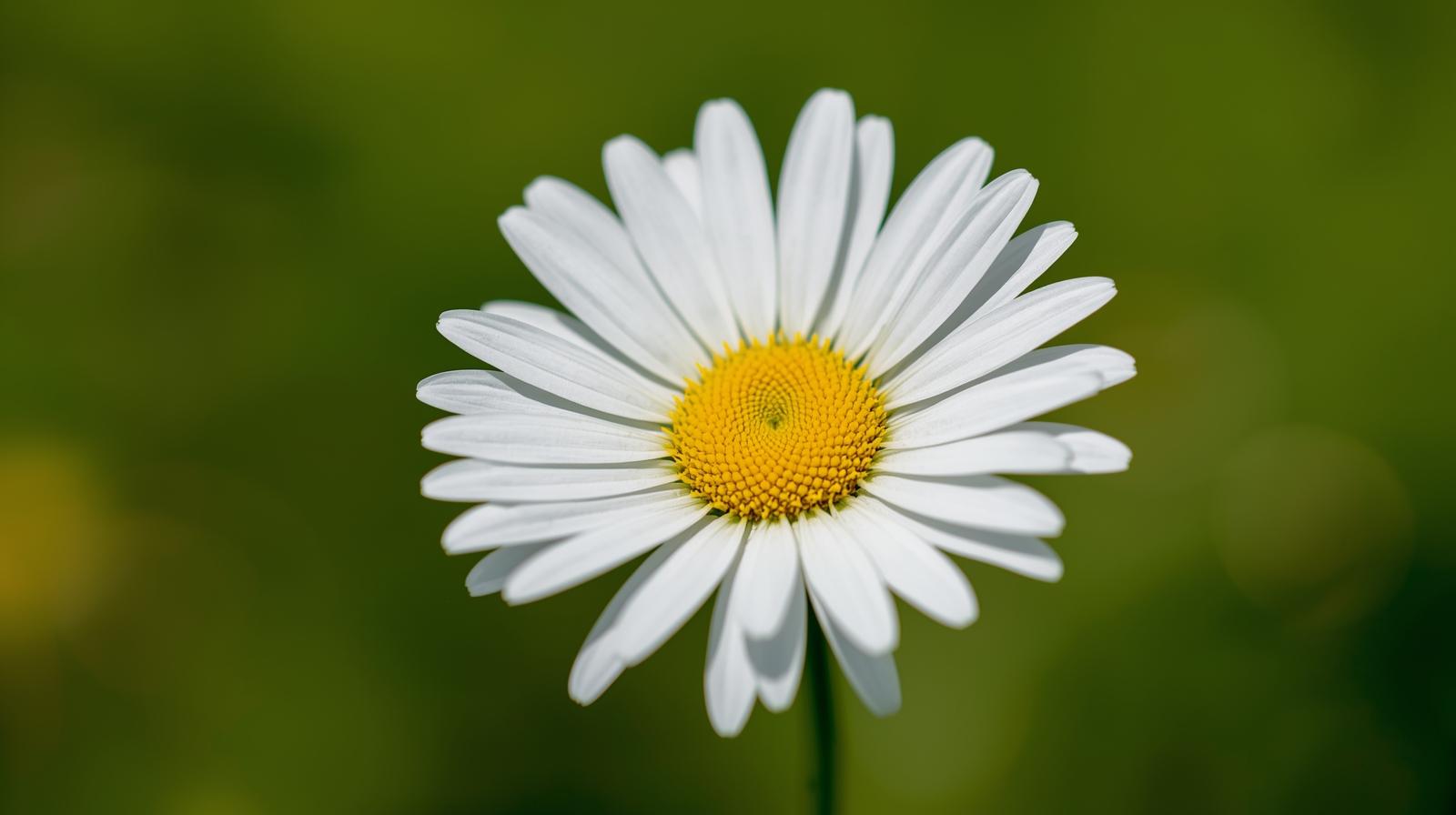September Birth Flower

Discover the Meaning Behind the September Birth Flower: A Comprehensive Guide
September Birth Flower that ushers in the transition from summer to autumn, and with it, it brings two beautiful flowers that hold significant meaning: the Aster and the Morning Glory. These flowers are not only aesthetically pleasing but also rich in symbolism and history. In this guide, we will explore the unique characteristics, meanings, and cultural significance of these two birth flowers that celebrate those born in September.
- Discover the Meaning Behind the September Birth Flower: A Comprehensive Guide
- Aster: The Flower of Wisdom and Faith
- Morning Glory: The Flower of Affection and Unrequited Love
- The Beauty of September: A Floral Celebration
- September Birth Flower Insights: Symbolism of Asters and Morning Glories
- Why Asters Are the Perfect September Birth Flower: Symbolism and Care
- September Birth Flower Guide: Asters and Morning Glories Explained
- 10 Fascinating Facts About September’s Birth Flower: The Significance of Asters Unveiled
Aster: The Flower of Wisdom and Faith
The Aster is renowned for its vibrant colors and star-like shape, which is where it derives its name from the Greek word “aster,” meaning “star.” Often associated with love, wisdom, and faith, the Aster symbolizes the strength and resilience of those who are born in September. This flower blooms in a variety of colors, including purple, pink, white, and blue, making it a versatile choice for gardens and bouquets alike.
Morning Glory: The Flower of Affection and Unrequited Love
The Morning Glory, with its stunning trumpet-shaped blooms, is another captivating flower associated with September. Known for its ability to bloom in the morning and wilt by the evening, it symbolizes the fleeting nature of life and the beauty of new beginnings. The Morning Glory is often linked to affection and unrequited love, making it a poignant choice for those wishing to express deep feelings.

The Beauty of September: A Floral Celebration
Both the Aster and Morning Glory contribute to the beauty of September, each bringing their unique charm to the month. These flowers are not only celebrated for their visual appeal but also for the deeper meanings they hold for individuals born under this month. As we delve into the significance of these flowers, we also recognize the shared themes of love, strength, and the beauty of transient moments in life.
| Flower | Meaning | Color Variations | Symbolism |
|---|---|---|---|
| Aster | Wisdom, Faith, Love | Purple, Pink, White, Blue | Strength, Resilience |
| Morning Glory | Affection, Unrequited Love | Blue, Purple, Pink, White | New Beginnings, Transience |
In conclusion, the Aster and Morning Glory are not only beautiful representations of the month of September but also carry profound meanings that resonate with the characteristics of those born in this month. Whether you are giving a gift or simply enjoying their beauty in nature, understanding the significance of these flowers can deepen your appreciation for their presence in our lives.
September Birth Flower Insights: Symbolism of Asters and Morning Glories
September is a month marked by the transition from summer to autumn, and it brings with it two beautiful birth flowers: asters and morning glories. Both flowers not only enhance gardens with their vibrant colors but also carry rich symbolism and meaning. Understanding these flowers can provide insight into personality traits and characteristics often associated with those born in September.
Asters are known for their star-shaped blooms, which symbolize love, wisdom, and faith. These flowers are often associated with elegance and are believed to convey a message of appreciation and remembrance. Morning glories, on the other hand, are known for their trumpet-shaped flowers that bloom in the morning and close at night. They symbolize affection, love in vain, and the arrival of new beginnings. Together, these flowers encapsulate a blend of beauty and sentiment that resonates deeply with those born in September.

Why Asters Are the Perfect September Birth Flower: Symbolism and Care
Asters stand out as the primary birth flower for September due to their stunning variety and unique symbolism. Their name is derived from the Greek word for “star,” reflecting their starry appearance and connection to celestial themes. Asters are often linked to the concept of love and wisdom, making them an ideal representation of the qualities found in individuals born in this month.
Caring for asters is relatively straightforward, making them a popular choice for gardeners. They thrive in well-drained soil and prefer full sun to partial shade. Regular watering is essential, especially during dry spells, but care should be taken not to overwater, as asters can be susceptible to root rot. With proper care, these resilient flowers can bloom from late summer into fall, offering a stunning display of color in gardens as the seasons change.
September Birth Flower Guide: Asters and Morning Glories Explained
When it comes to the September birth flowers, both asters and morning glories have unique characteristics that make them special. Asters, with their wide range of colors including purple, pink, blue, and white, are often used in floral arrangements and gardens to signify love and patience. They are not only beautiful but also attract pollinators like bees and butterflies, contributing to the health of local ecosystems.
Morning glories, with their vibrant hues and unique flowering behavior, symbolize the fleeting nature of beauty and love. They are often seen climbing fences and trellises, representing growth and the importance of nurturing relationships. Their blooms can be a reminder to appreciate the beauty in life, even if it is temporary.
| Flower | Symbolism | Color Variations | Care Requirements |
|---|---|---|---|
| Asters | Love, Wisdom, Faith | Purple, Pink, Blue, White | Full sun, well-drained soil, regular watering |
| Morning Glories | Affection, New Beginnings | Blue, Purple, Pink, White | Full sun, well-drained soil, moderate watering |
In conclusion, the September birth flowers, asters and morning glories, each bring their own unique beauty and symbolism. Whether you are celebrating a September birthday or simply appreciate the beauty of these flowers, understanding their meanings and care will allow you to enjoy them fully. Their vibrant presence not only brightens gardens but also serves as a reminder of the love and wisdom that September represents.

10 Fascinating Facts About September’s Birth Flower: The Significance of Asters Unveiled
September’s birth flower, the aster, is not only a stunning addition to gardens but also carries a rich history and symbolism. Known for their vibrant hues and star-like shape, asters are often associated with love and wisdom. In this section, we will explore ten fascinating facts about asters and their significance as September’s birth flower.
| Fact Number | Fact | Significance |
|---|---|---|
| 1 | Asters are named after the Greek word for “star.” | This reflects their star-shaped flower heads and symbolizes hope and love. |
| 2 | There are over 180 species of asters. | This diversity allows for a wide range of colors, shapes, and sizes, making them versatile in floral arrangements. |
| 3 | Asters bloom in late summer to fall. | This timing makes them a popular choice for fall gardens and bouquets. |
| 4 | The aster is often associated with the September zodiac signs, Virgo and Libra. | It complements the traits of these signs, symbolizing wisdom and balance. |
| 5 | Asters are native to North America. | This makes them a significant part of the local flora and an essential plant for pollinators. |
| 6 | Asters have been used in herbal medicine for centuries. | Their roots have been believed to have anti-inflammatory and soothing properties. |
| 7 | They attract butterflies and bees. | This makes asters a perfect choice for gardeners looking to support local wildlife. |
| 8 | Asters symbolize love and wisdom. | These meanings make them popular gifts for anniversaries and other celebrations. |
| 9 | The aster is the official flower of the state of New York. | This highlights its significance in American culture and heritage. |
| 10 | Asters come in various colors, including purple, pink, blue, and white. | This variety allows them to fit into any garden aesthetic or floral arrangement. |
The aster’s beauty and rich symbolism have made it a beloved flower throughout history. In various cultures, it has been associated with love, wisdom, and faith. The aster’s star-like appearance not only captivates the eye but also reminds us of the virtues of hope and remembrance. As we celebrate those born in September, gifting or planting asters can convey heartfelt sentiments, making them perfect for birthdays and special occasions.
In conclusion, the aster is more than just a beautiful flower. It embodies deep meanings and serves as a reminder of the changing seasons. Whether you choose to incorporate them into your garden or present them as gifts, asters are a wonderful way to honor those born in September and to appreciate the beauty of nature.
The birth flower for September is the Aster, which symbolizes love, wisdom, and faith. Another flower associated with September is the Morning Glory, known for its beauty and short-lived blossoms.
Asters represent love, wisdom, and faith, making them a meaningful gift for those born in September. They are also associated with elegance and daintiness.
Yes, there are several species of Asters, including the New England Aster and the Michaelmas Daisy. Each type has its unique characteristics and colors, ranging from purple to white and pink.
Yes, Asters are relatively easy to grow in gardens. They thrive in well-drained soil and full sun, making them a great choice for adding vibrant color to your outdoor space in late summer and fall.
The Morning Glory, another flower associated with September, symbolizes love and affection. Its beautiful, trumpet-shaped blooms are known for opening in the morning and closing in the afternoon, symbolizing the fleeting nature of beauty.




